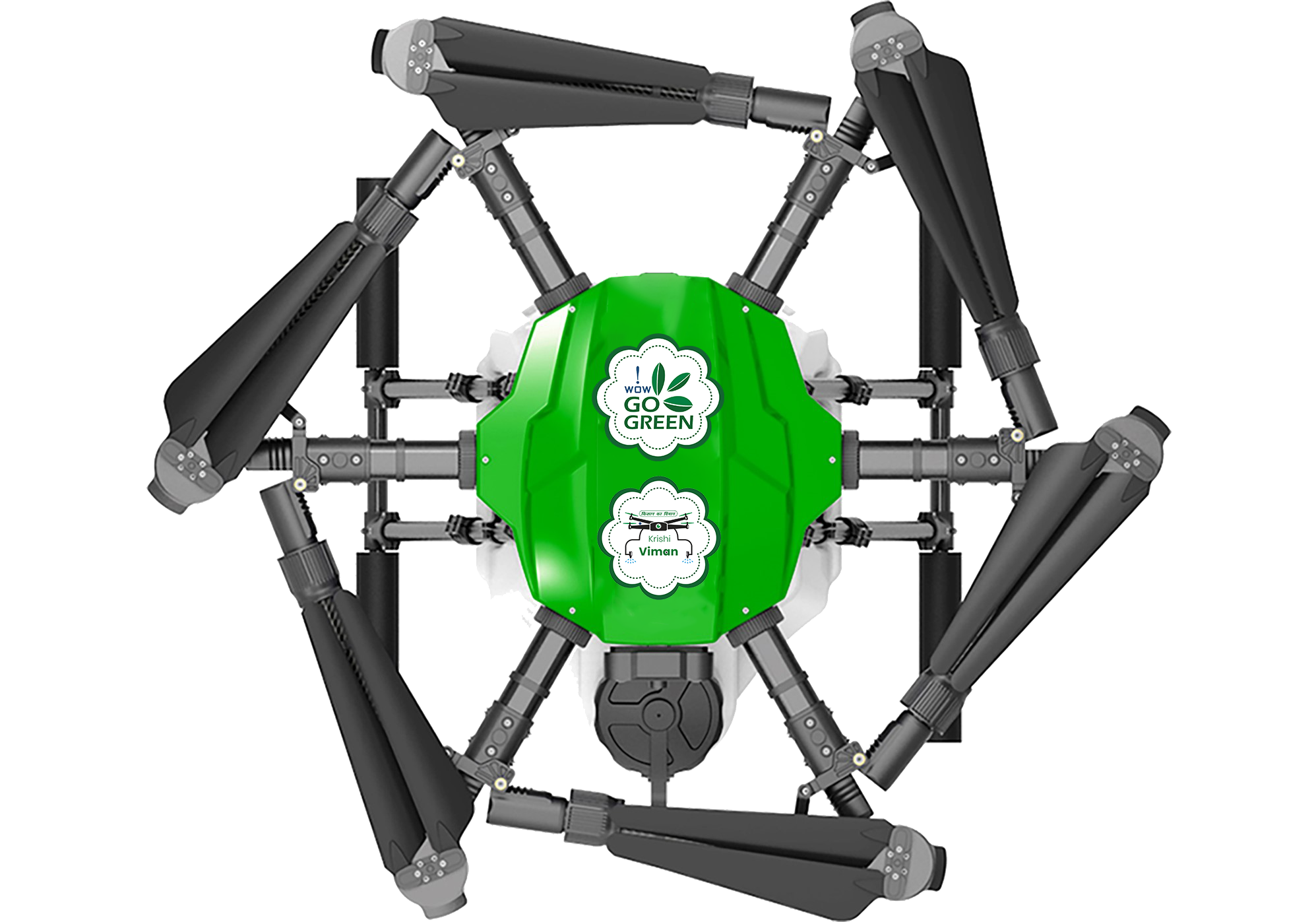Sowing Success: Leveraging Drone Technology for Precision Seeding
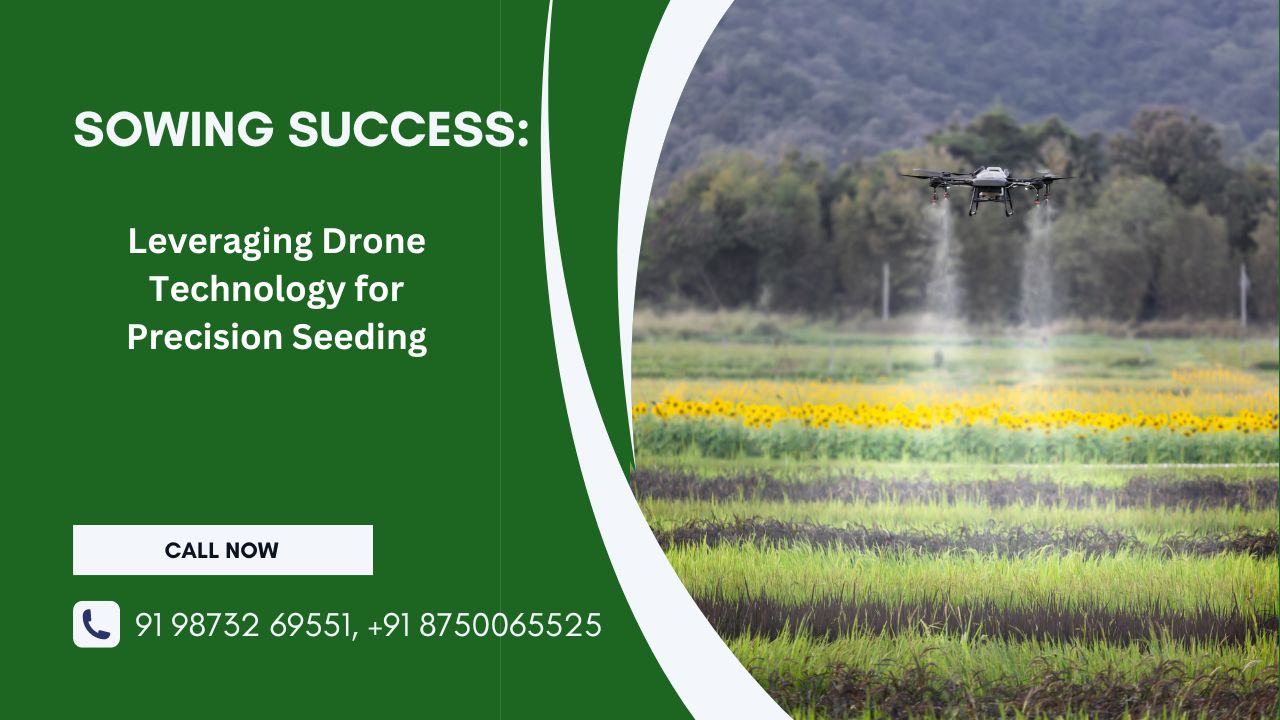
- By: krishiviman /
- 06-04-2024
Precision agriculture is a modern farming technique that involves the use of advanced technology to optimize crop production. One of the critical aspects of precision agriculture is precision seeding, which involves the use of technology to accurately control the sowing depth, densities, or distance of seeds. Drones are one of the latest technologies being used for precision seeding, and they offer numerous benefits over traditional seeding methods.
How Drones Help in Precision Seeding
Drones can provide fast seed sowing, hence reducing the working time. They can cover large areas quickly and efficiently, making them ideal for farmers with large fields. Drones can also be equipped with sensors and cameras that can detect soil conditions and provide real-time data to farmers. This data can be used to optimize seed sowing, ensuring that seeds are planted in the right place, at the right depth, and at the right density.
One of the primary benefits of using drones for precision seeding is their ability to reduce seed wastage. Drones can accurately control the sowing depth and distance, ensuring that seeds are planted at the optimal depth for germination. This can lead to significant cost savings for farmers, as they will not need to purchase as many seeds.
Drones can also be used to sow cover crops, which are plants that are grown to protect and improve the soil. Cover crops can help to reduce erosion, improve soil health, and increase biodiversity. However, traditional methods of sowing cover crops can be time-consuming and labor-intensive. Drones can make the process faster and more efficient, allowing farmers to sow cover crops over large areas quickly and easily.
Success Stories
There are several success stories of farmers who have used drones for precision seeding. In one case, a farmer in the United States used a drone to sow cover crops over a 100-acre field. The drone was able to cover the entire field in just a few hours, saving the farmer significant time and labour costs.
In another case, a farmer in Australia used a drone to sow seeds in a remote and inaccessible area. The area was too difficult to reach by foot, but the drone was able to fly over the area and drop seeds accurately. This allowed the farmer to plant seeds in an area that would have been otherwise inaccessible.
Drones are also being used for precision seeding in reforestation projects. In the United States, a company called Mast Reforestation is using drones to sow seeds in fire-ravaged conifer forests. The company has developed its own drone design, which is enormous and sophisticated. The drones are able to sow seeds accurately, even in difficult terrain.
In Australia, AirSeed Technologies is using drones to restore natural forests cleared by logging, wildfires, and flooding. The company has developed specialized seeding drones equipped with artificial intelligence capabilities to speed up and scale its reforestation efforts. The drones can plants seeds 25 times faster than manually planting seedlings, allowing the company to restore large areas of land quickly and efficiently.
Conclusion
Drones offer numerous benefits for precision seeding in agriculture. They can reduce seed wastage, save time and labor costs, and be used in remote and inaccessible areas. Success stories from around the world demonstrate the potential of drones for precision seeding, and as the technology continues to evolve, it is likely that we will see even more innovative uses for drones in agriculture.
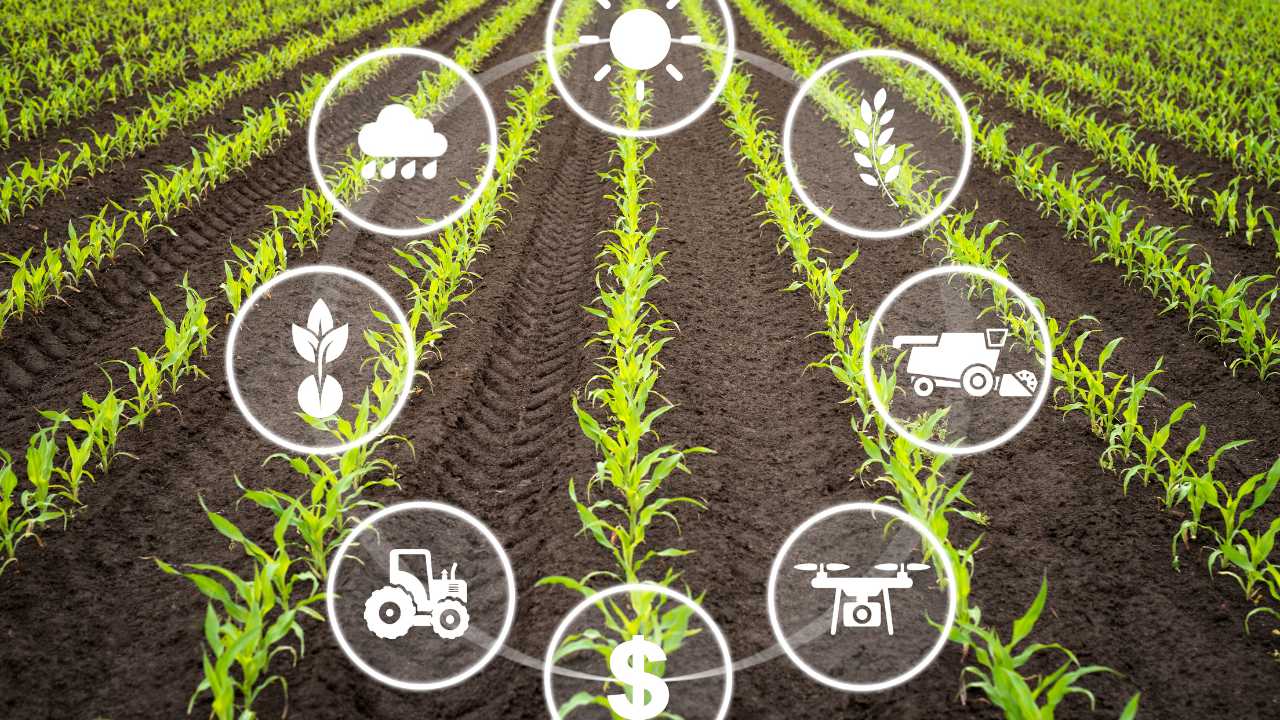
The Future of Flight: What's Next for Agricultural Drones in India?
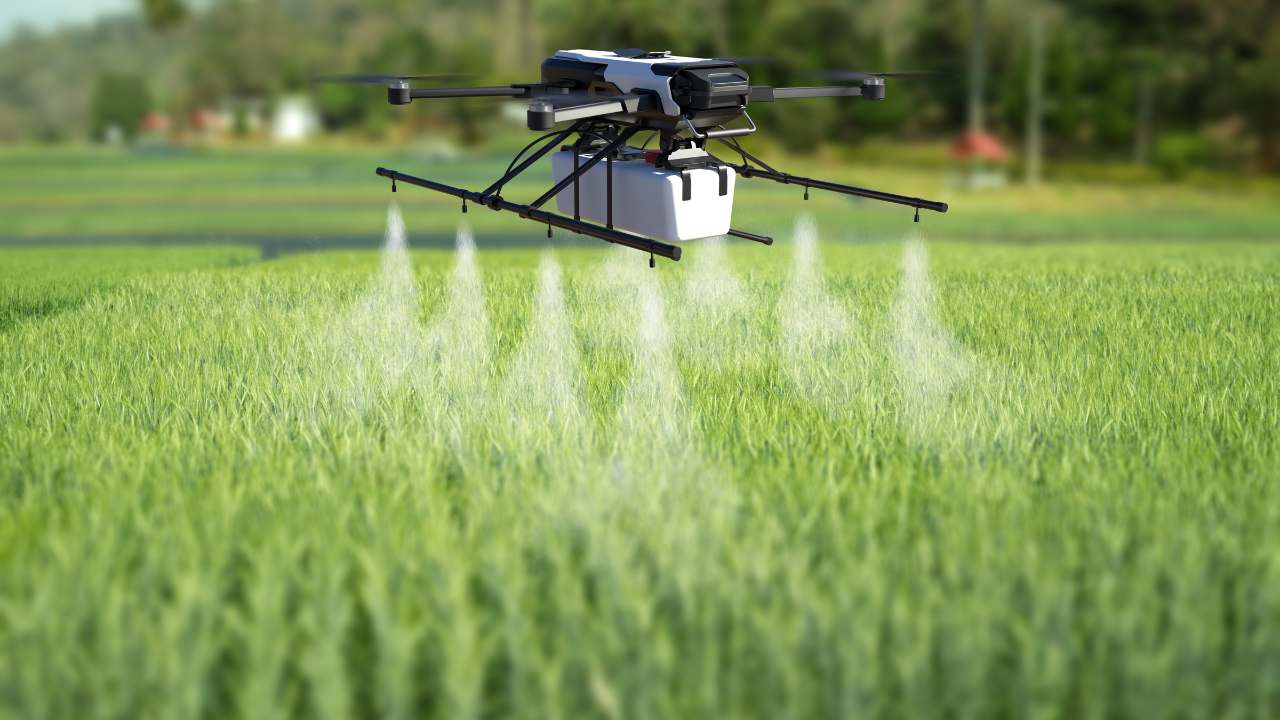
The Potential of Agricultural Drones to Improve Crop Yields and Farmer Livelihoods in India
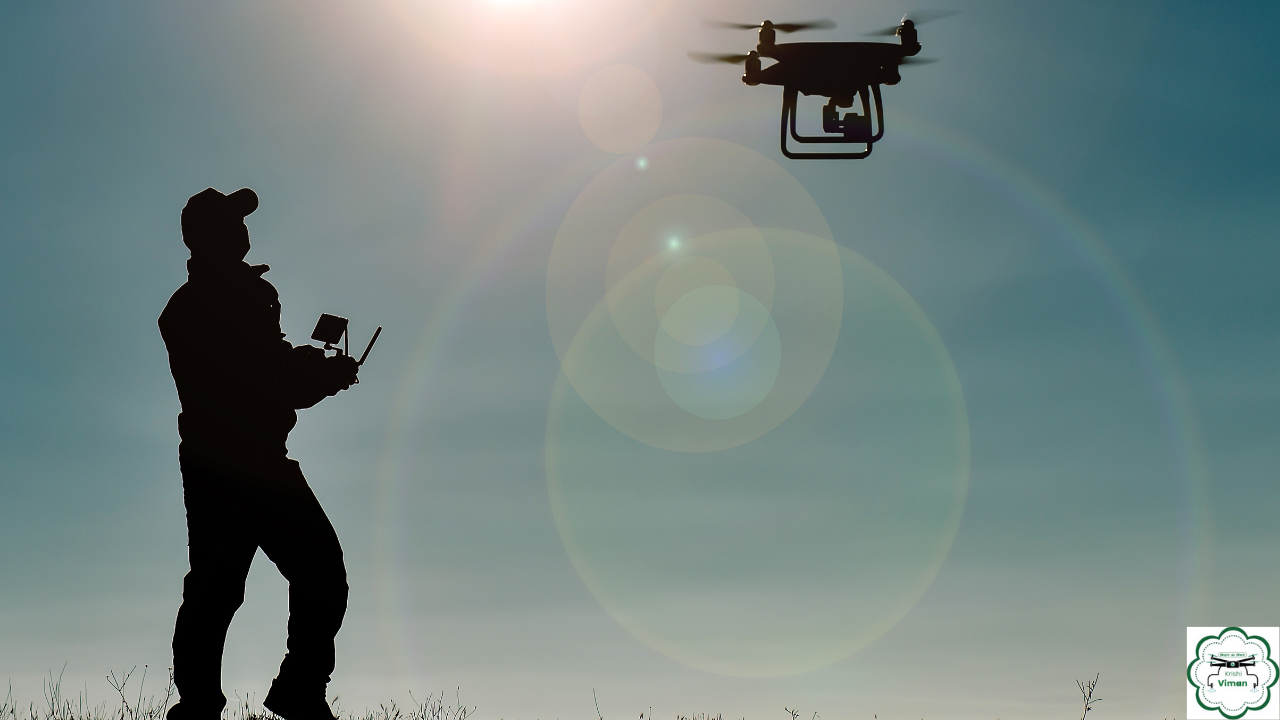
Revolutionizing Farming Practices: The Rise of Agricultural Krishi Viman for Spray Purpose
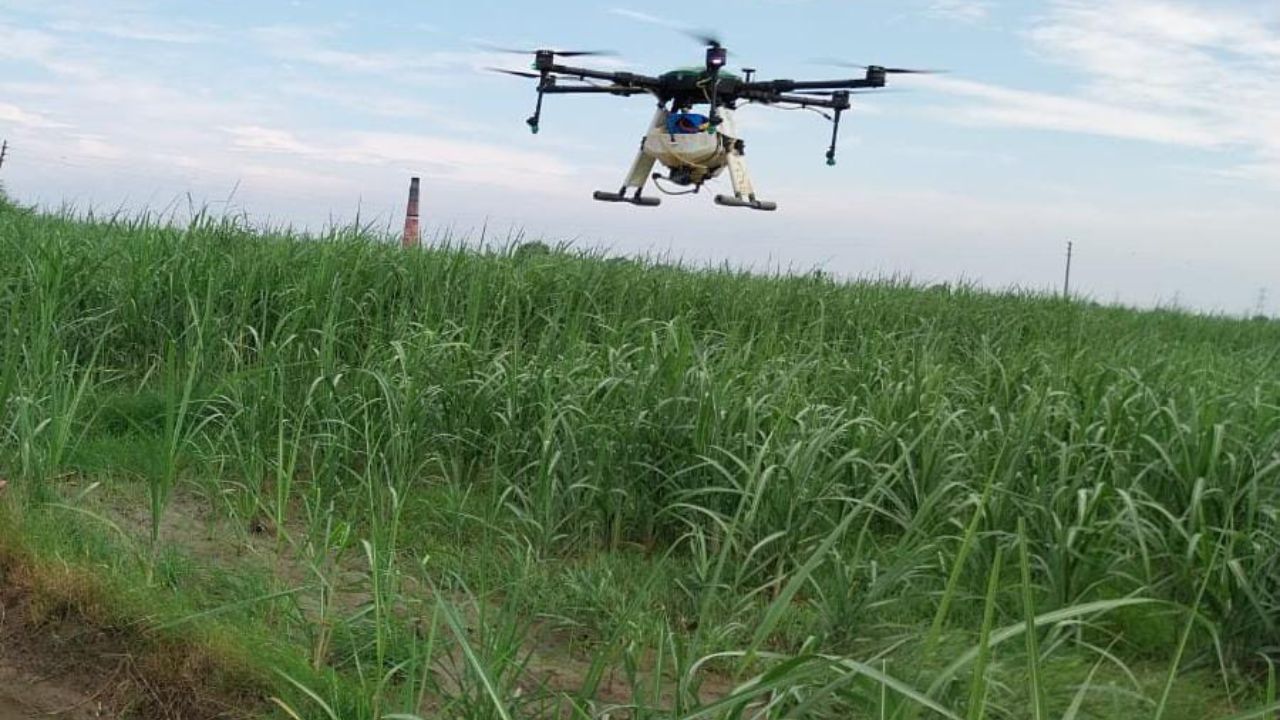
Enhancing Farming Efficiency: Mapping and Surveillance with Agricultural Spraying Drones
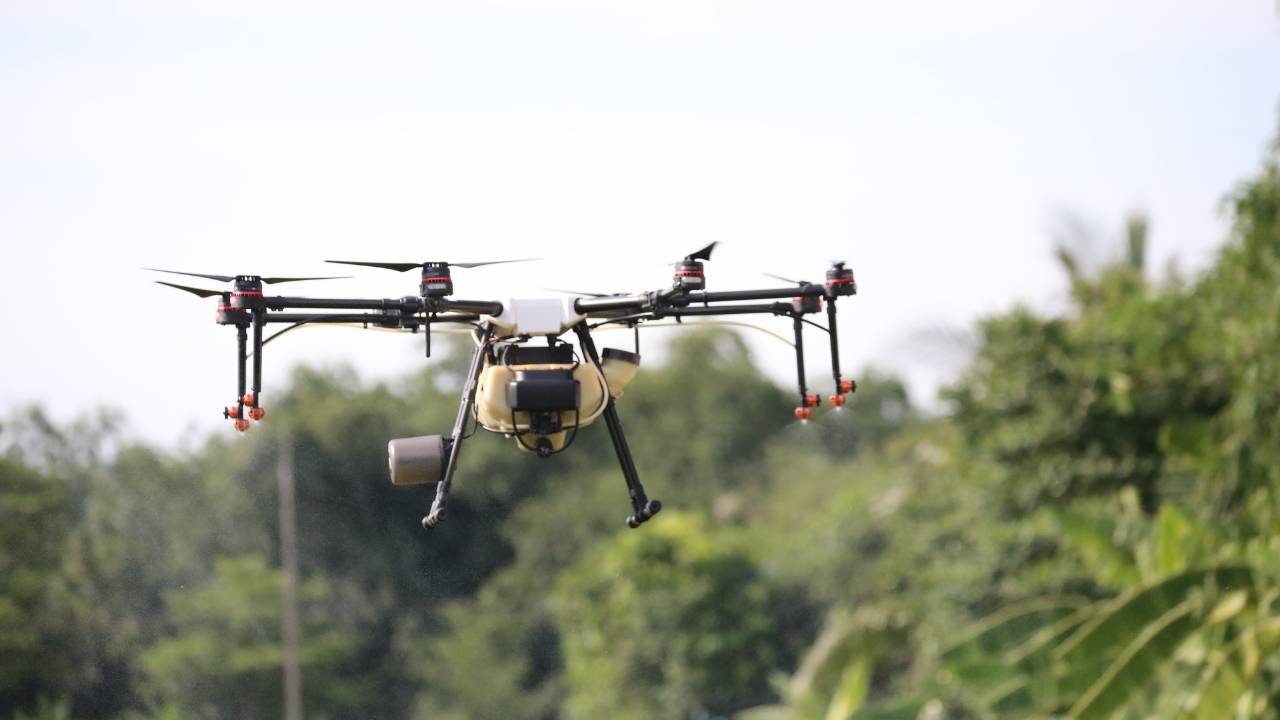
Addressing the Real Concerns of Drone Use in Indian Agriculture
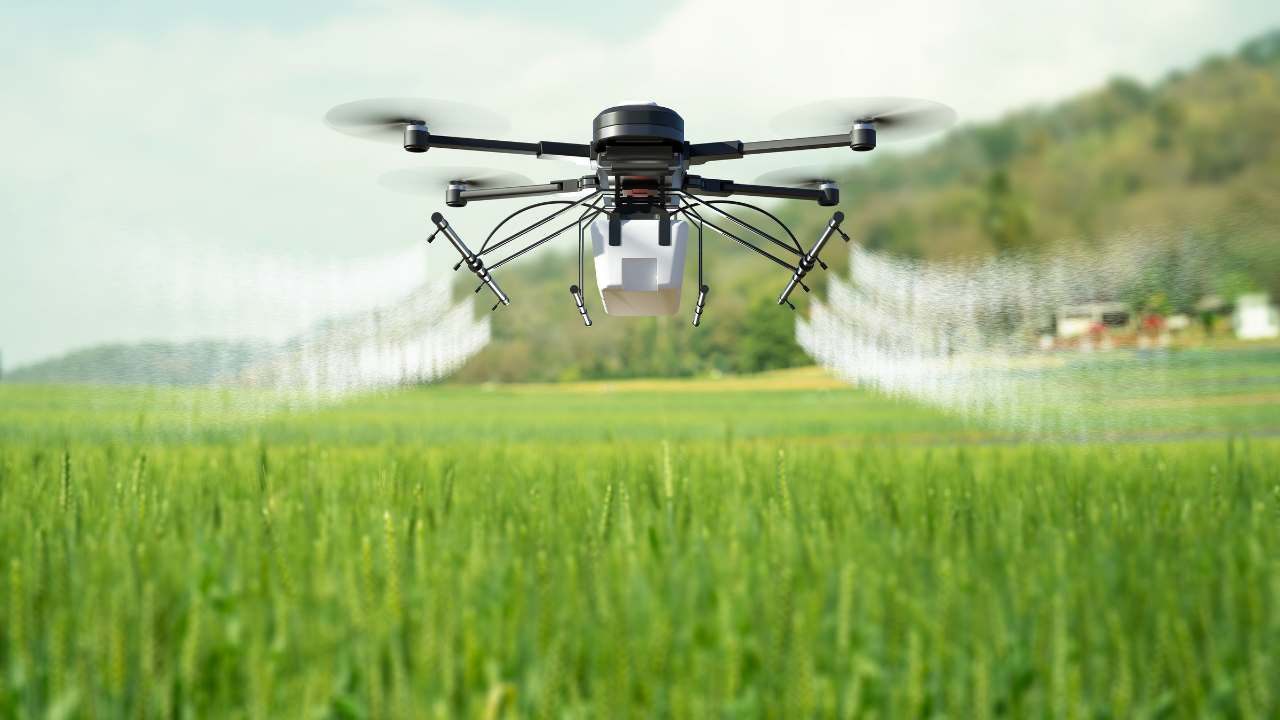
Revolutionizing Agriculture: The Journey of Indian Farmers Embracing Drone Technology
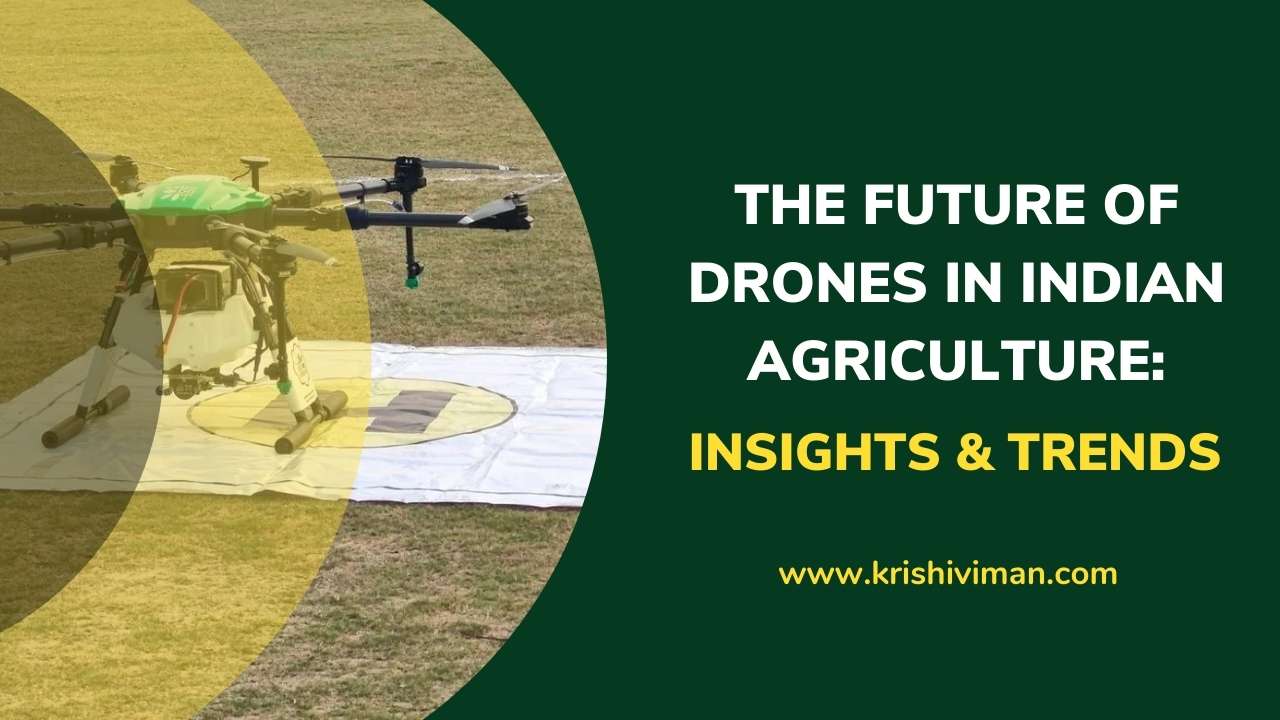
What is the future of drones in Indian agriculture?
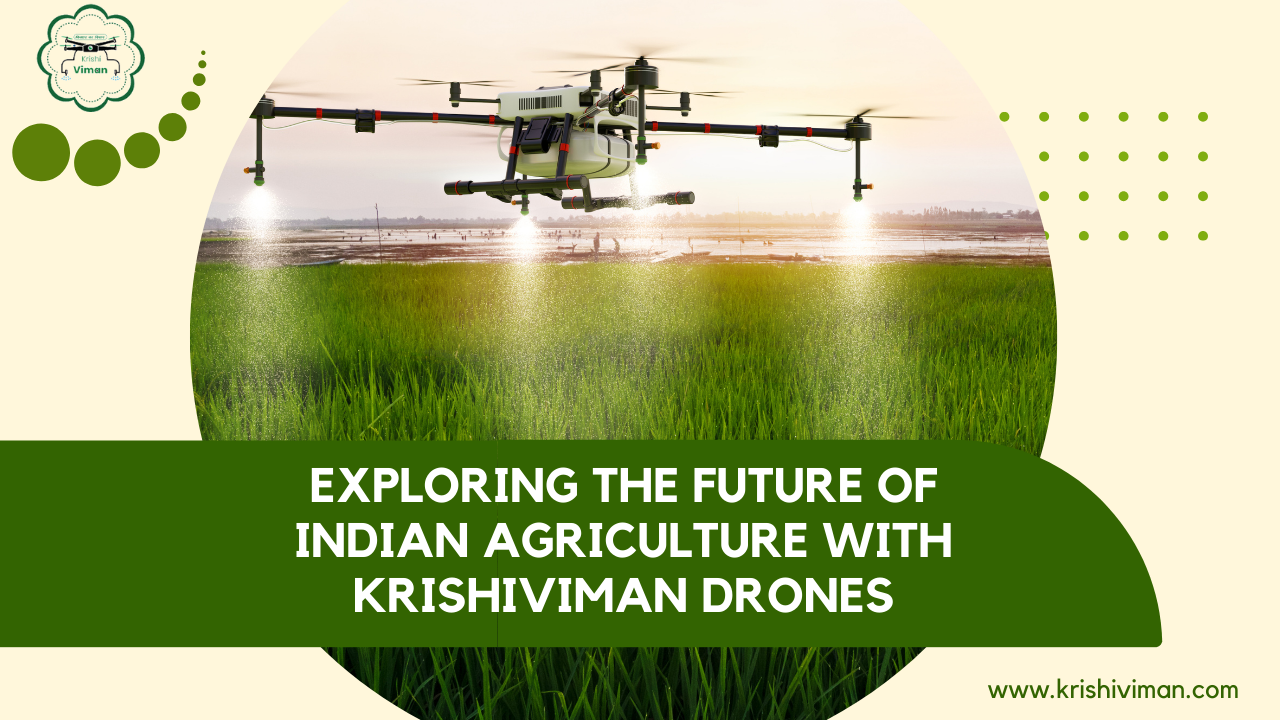
How Drones Could Be the Future of Indian Farming: A Deep Dive into Krishiviman's Innovations
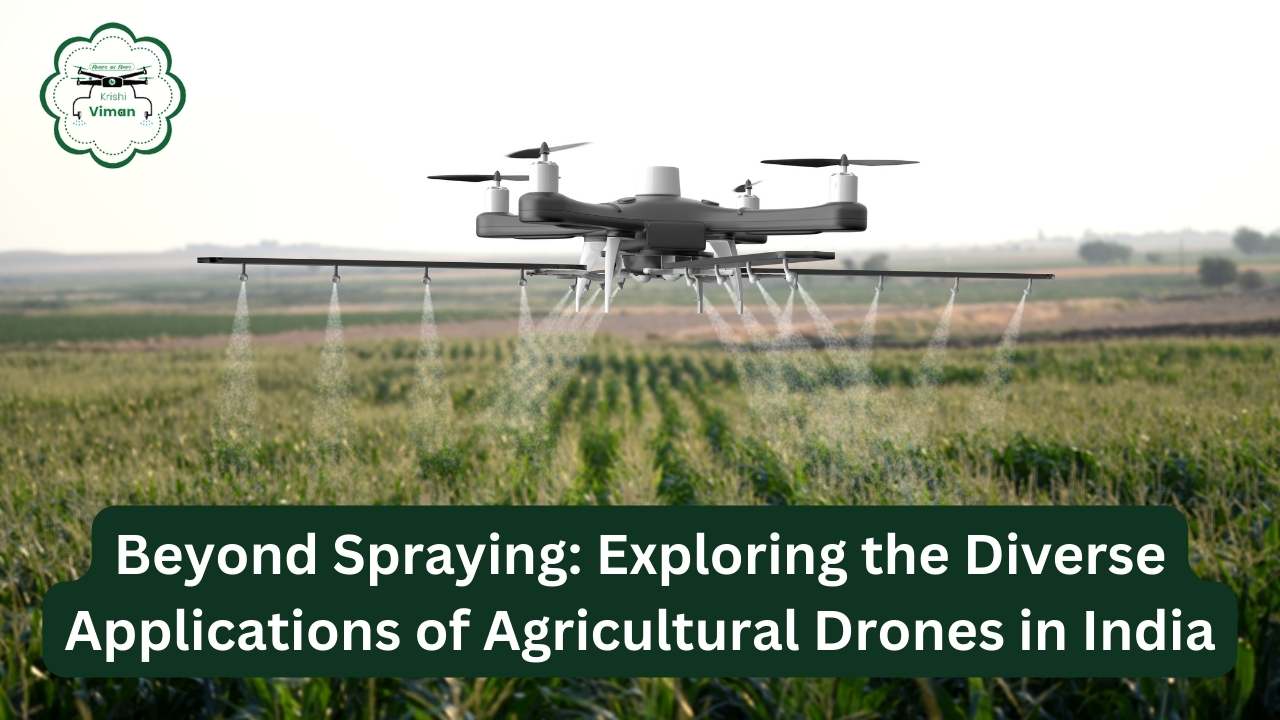
Beyond Spraying: Exploring the Diverse Applications of Agricultural Drones in India
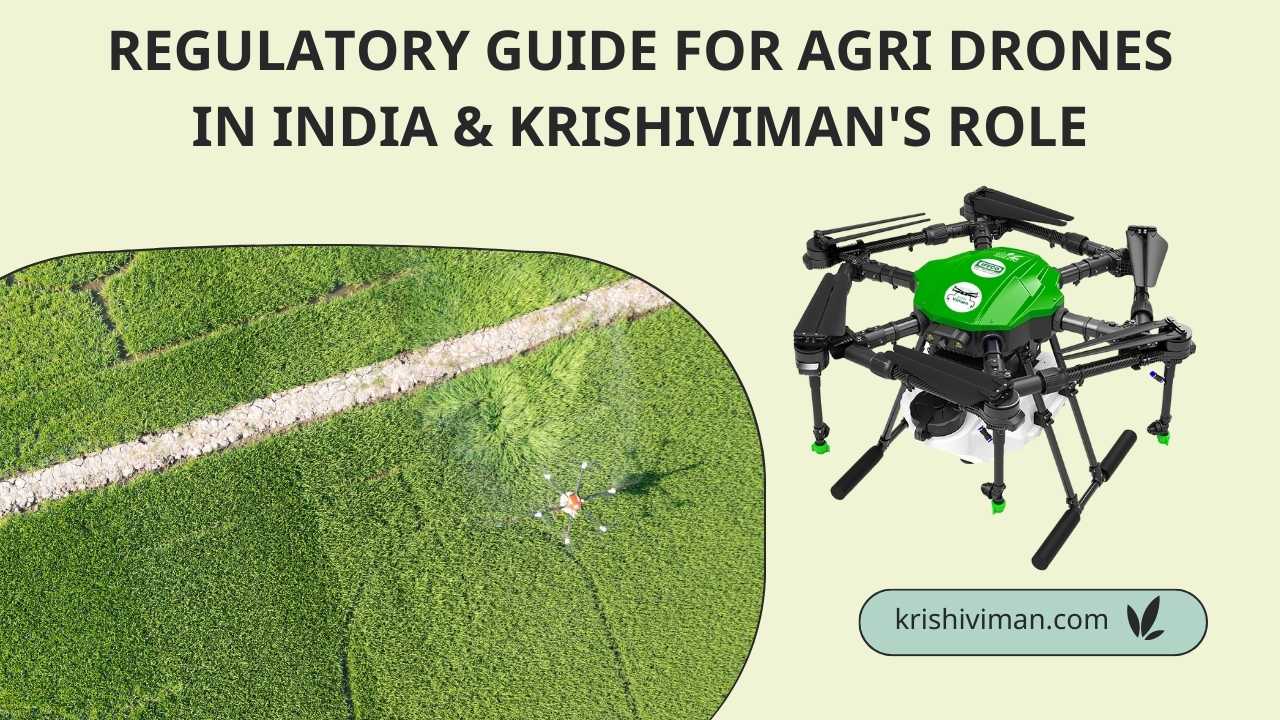
Regulatory Guide for Agri Drones in India & Krishiviman's Role
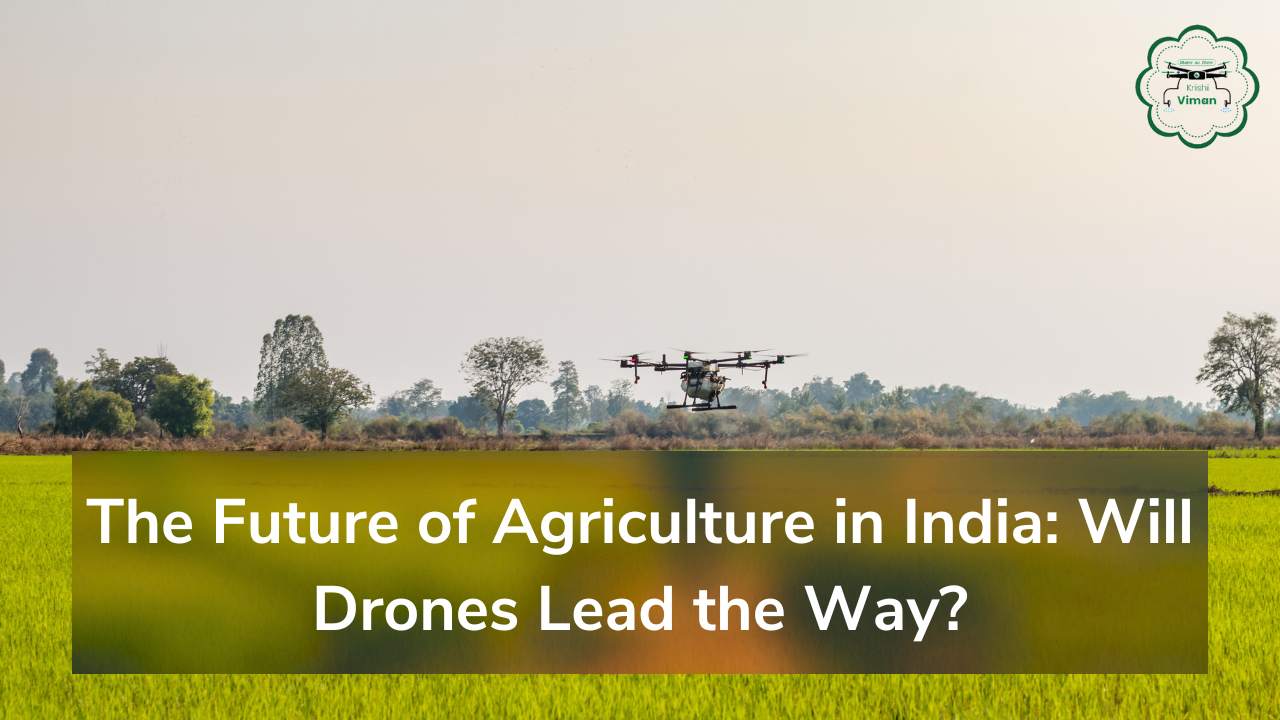
The Future of Agriculture in India: Will Drones Lead the Way?
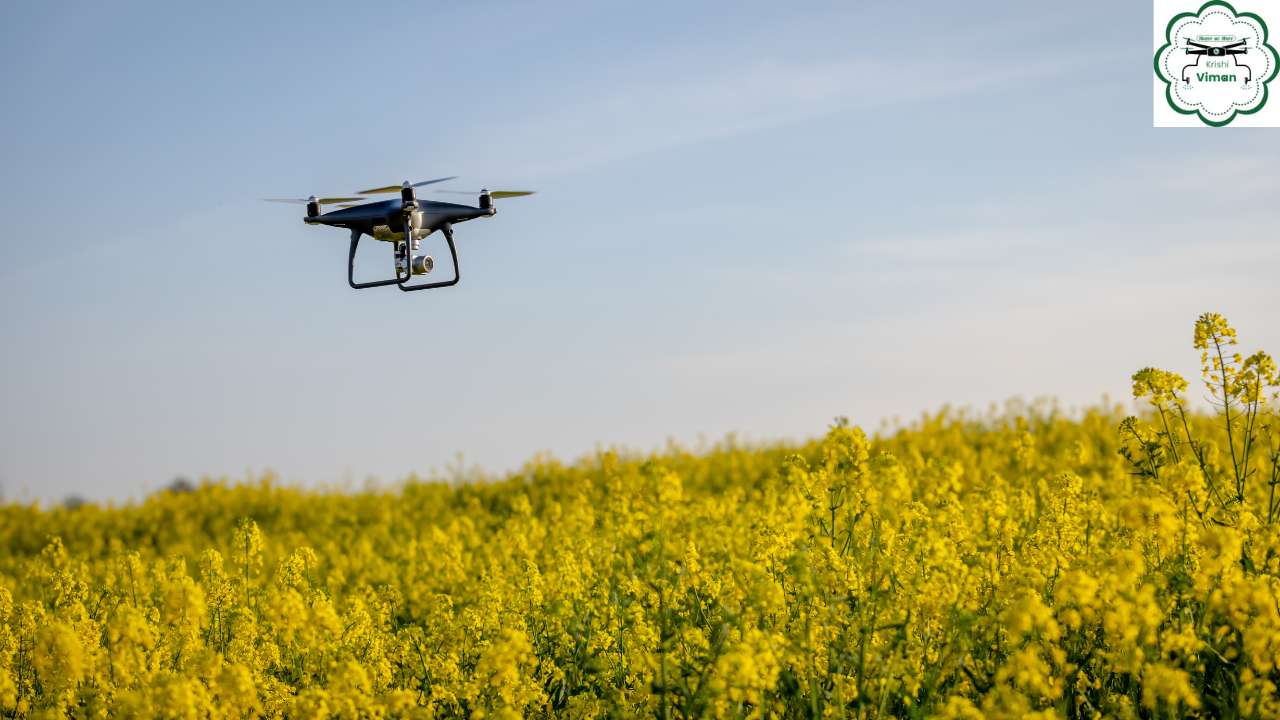
Pioneering Agri Drone Innovation in India Introduction to WOW Go Green LLP
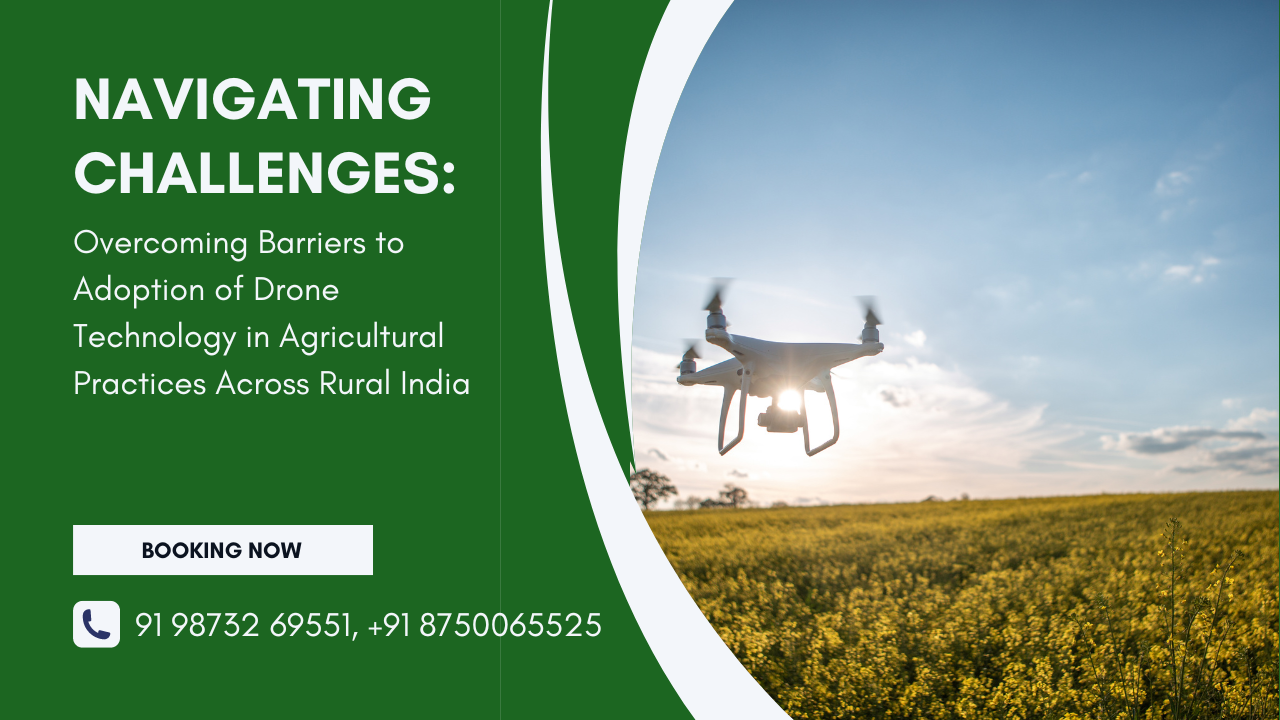
Navigating Challenges: Overcoming Barriers to Adoption of Drone Technology in Agricultural Practices Across Rural India
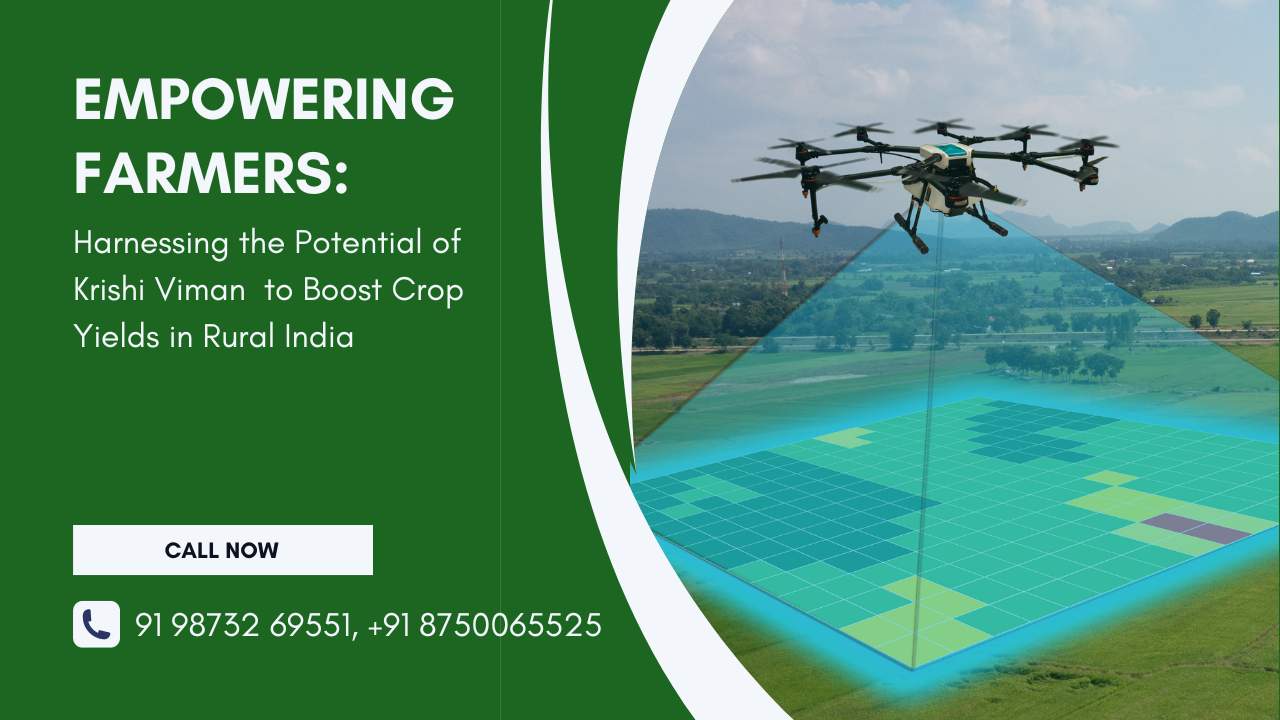
Empowering Farmers: Harnessing the Potential of Krishi Viman to Boost Crop Yields in Rural India
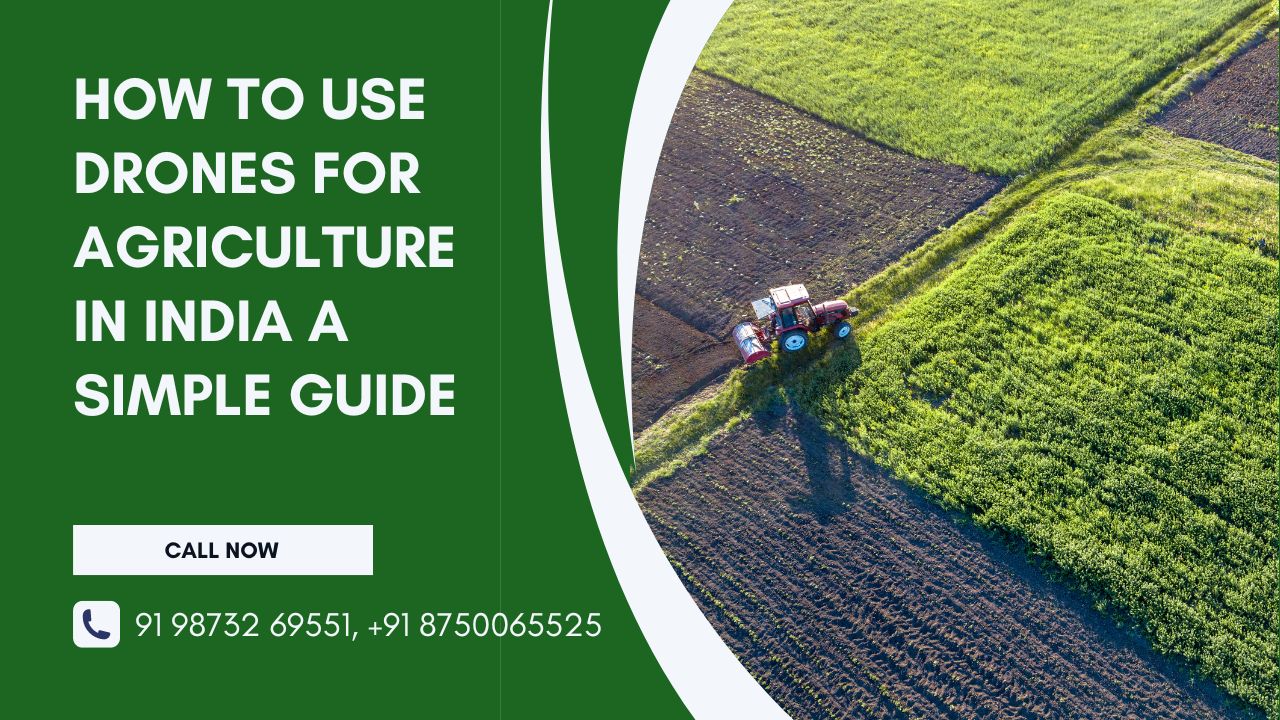
How to Use Drones for Agriculture in India: A Simple Guide
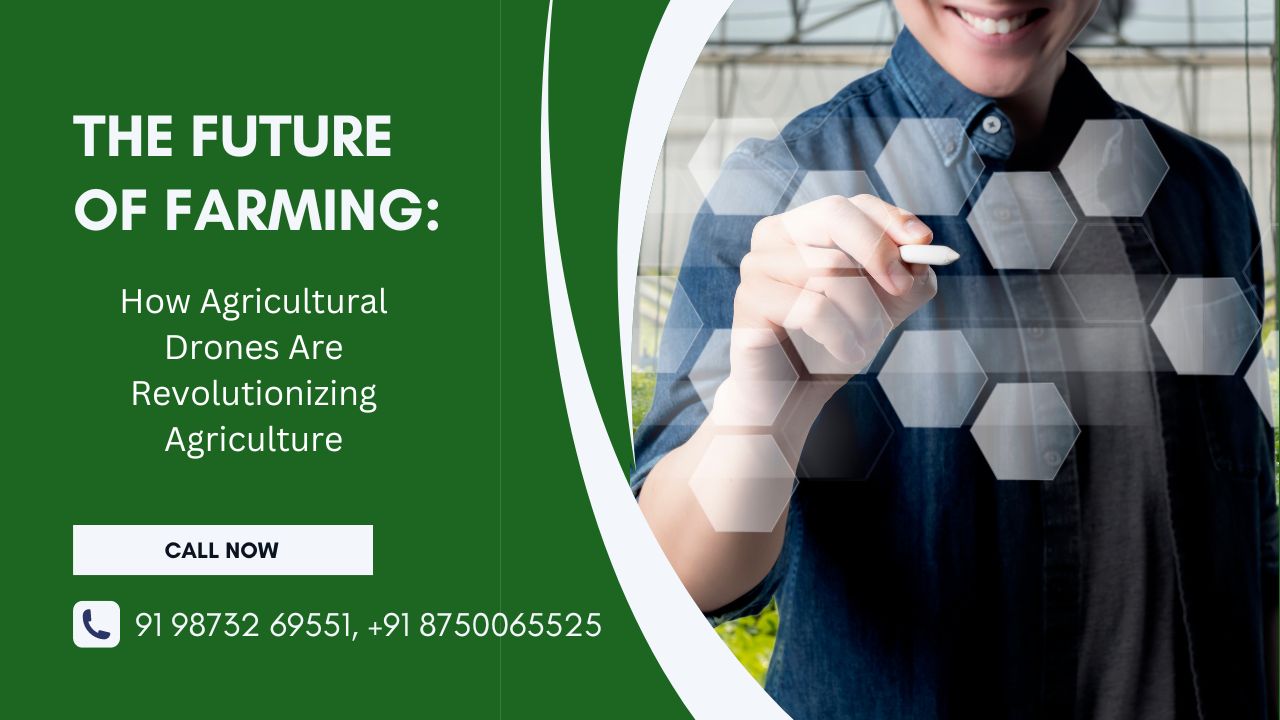
The Future of Farming: How Agricultural Drones Are Revolutionizing Agriculture
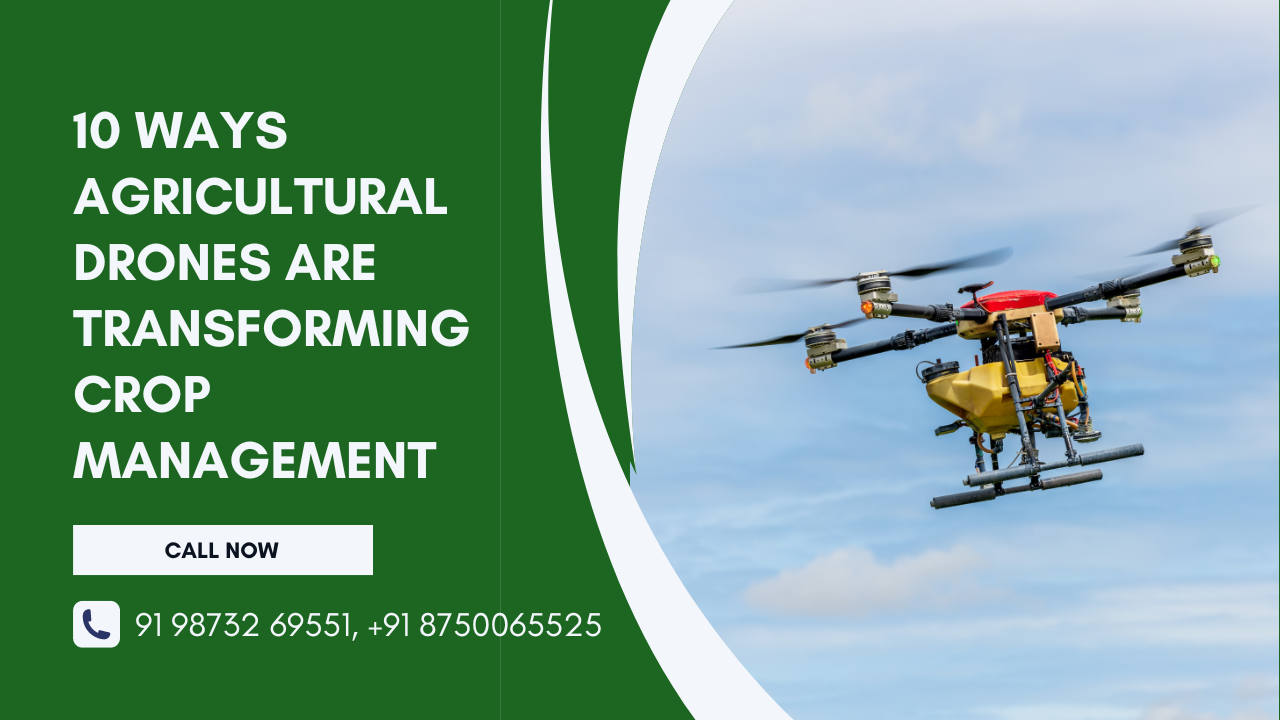
10 Ways Agricultural Drones Are Transforming Crop Management
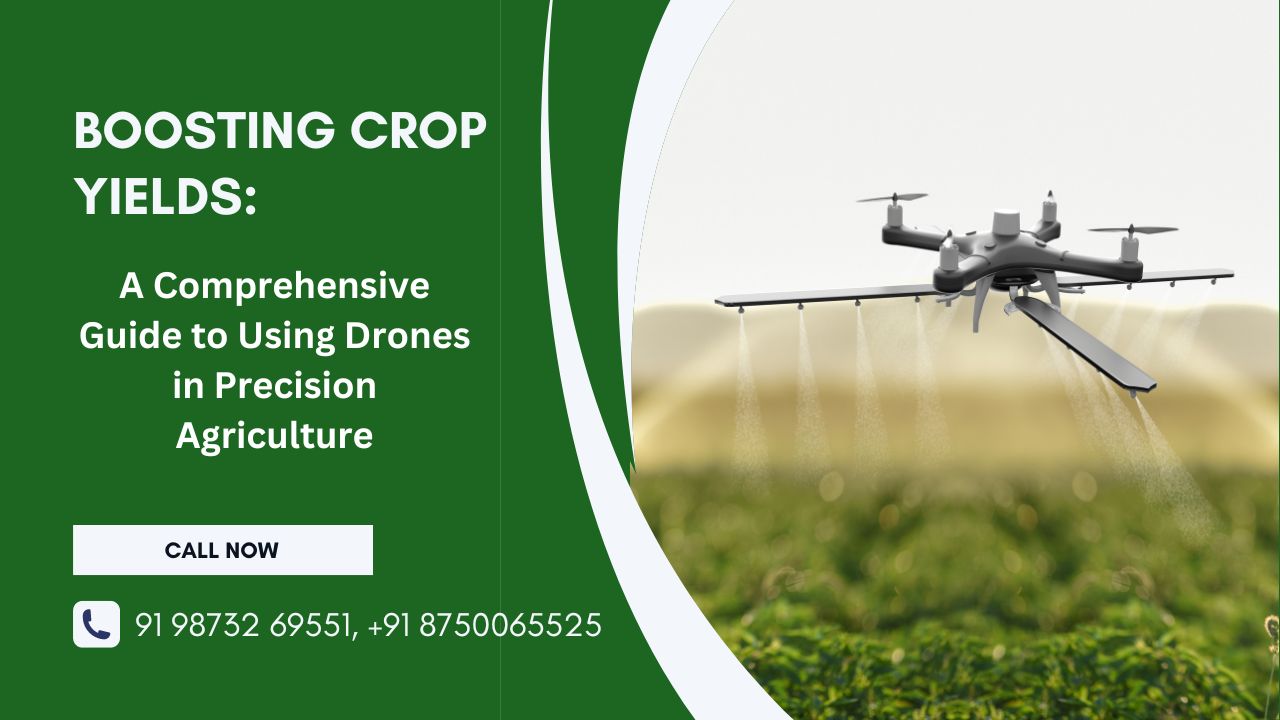
Boosting Crop Yields: A Comprehensive Guide to Using Drones in Precision Agriculture
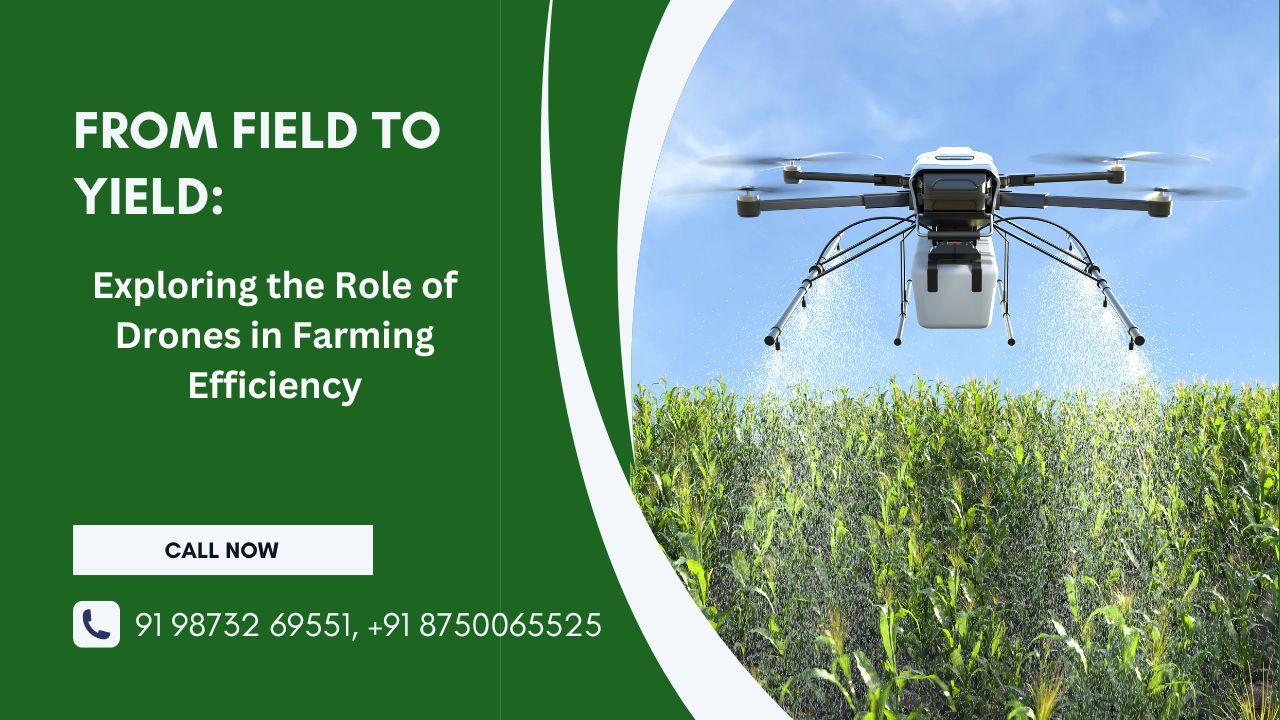
From Field to Yield: Exploring the Role of Drones in Farming Efficiency
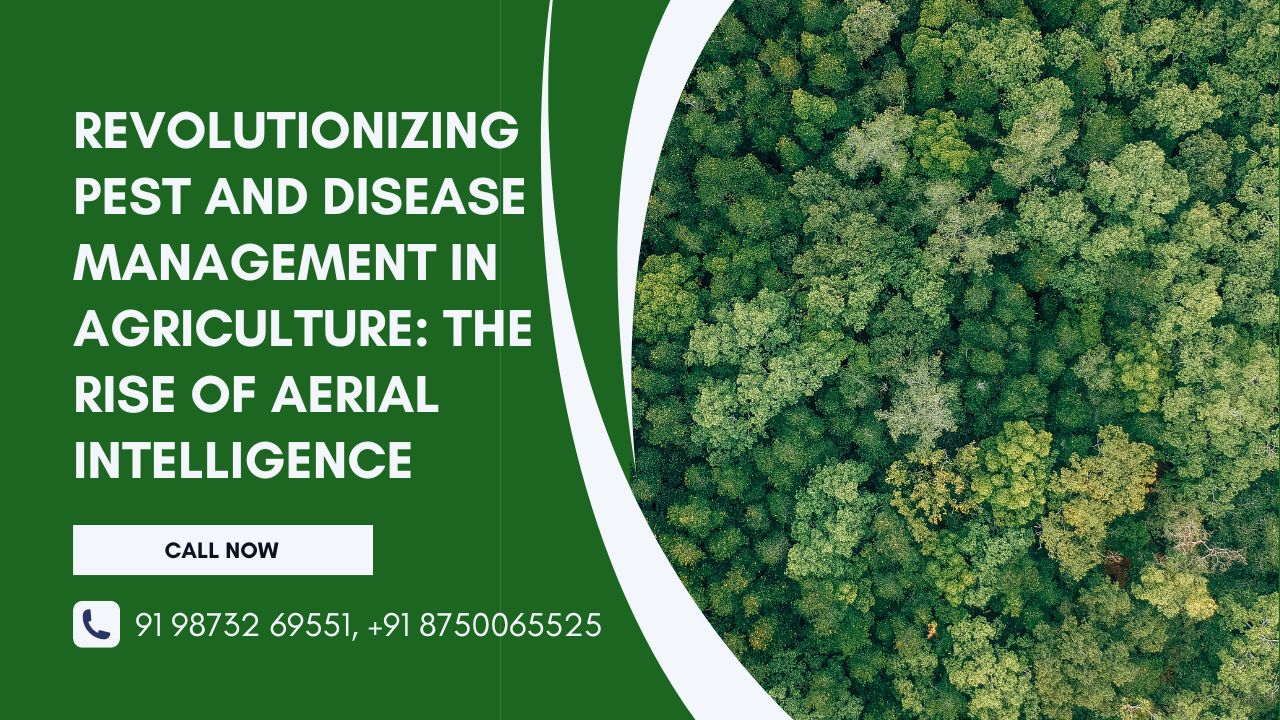
Revolutionizing Pest and Disease Management in Agriculture: The Rise of Aerial Intelligence


